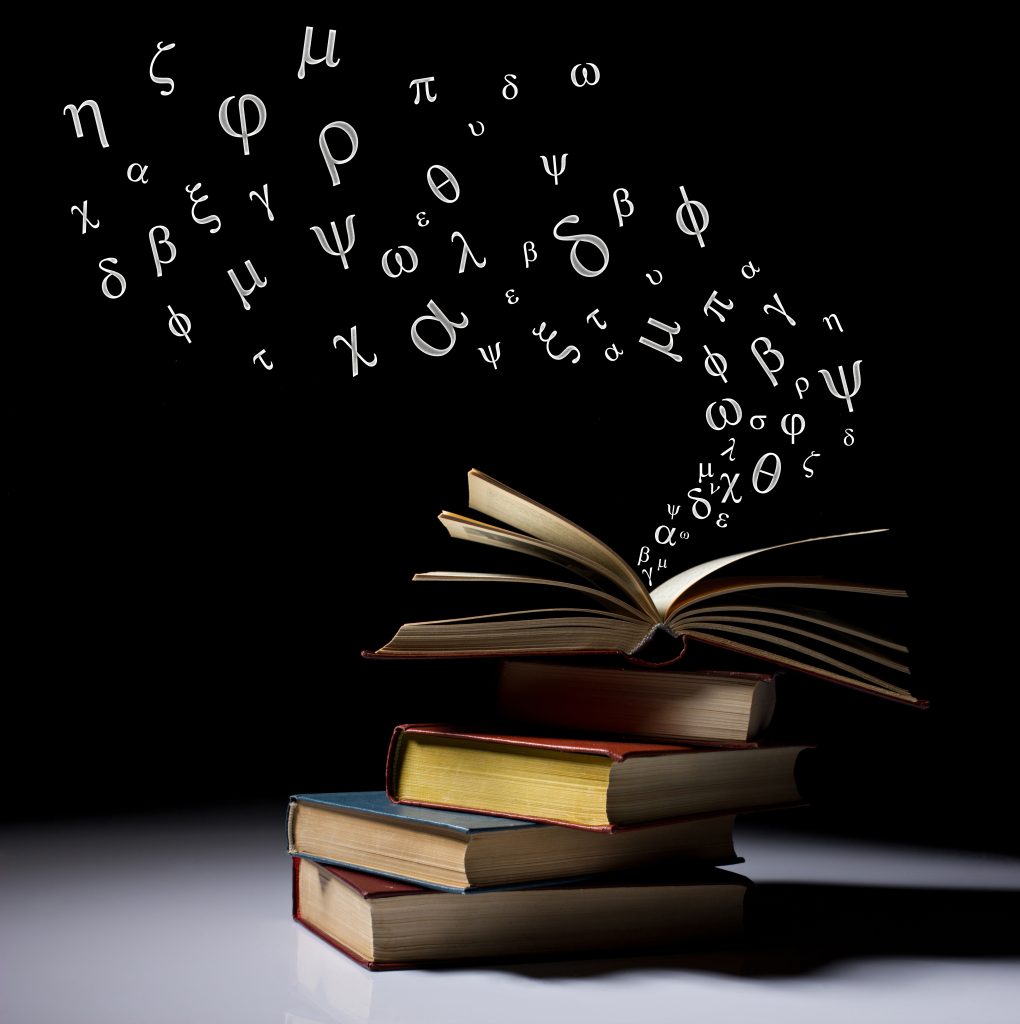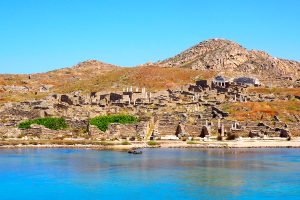SYDNEY—Firefighters have often planned around cooler and more humid conditions at night to help them contain out-of-control wildfires. But authorities battling a large blaze in an Australian forest last month were caught off guard when it created a firestorm around 11:30 p.m.
Smoke and ash helped to form clouds that led to lightning and threatening winds. Fire crews were warned to pull back from the fire’s edge, where they would be safe but could do little to fight the flames. The fire burned for nearly two more weeks, destroying several buildings.
“It really threw us because it was so late at night,” said Bron Waters, a superintendent with the New South Wales Rural Fire Service who coordinated firefighting efforts from a command center in a nearby town. “None of the predictions that we received predicted that at all,” she said of the firestorm.
Firefighters across the globe, including in the U.S., are concerned that wildfires are burning more actively at night, upending a key assumption that authorities have long relied on. That is putting an additional strain on countries’ ability to fight wildfires, which many scientists expect will become larger and more frequent in some places as climate change contributes to longer fire seasons.
Firefighters are trying to adapt and are using drones and aircraft to help fight fires or better track them at night. Researchers are more keenly studying how fires behave at night, as well as whether climate change is weakening what some scientists call the “nighttime barrier” to fire activity.
At stake isn’t only firefighters’ ability to protect people and property, but also their own personal safety. Nighttime firefighting can be dangerous because of reduced visibility and fatigue, increasing the chance that firefighters misjudge how fires are behaving.
Part of the danger at night is that fire crews “may not be quite as vigilant as they could or should be,” said Rich Elliott, deputy chief at Kittitas Valley Fire and Rescue in central Washington state, and the chairperson of the wildfire policy committee at the International Association of Fire Chiefs. “They’re making this assumption that this is a typical 2 o’clock in the morning fire, it’s not going to go anywhere, and then you find it does.”
Generally, cooler nighttime temperatures and higher humidity act as a brake on fire by allowing vegetation to recover moisture lost during the heat of the day. Firefighters often use this time to burn vegetation in the fire’s path to deprive it of fuel, because those burns are typically easier to control at night. Darkness also gives firefighters an opportunity to rest and reposition assets for the next day—night shifts usually have fewer firefighters working.
But recent studies show an increase in night fire activity. Hotter and drier nights are pulling moisture from the vegetation, drying plants out and making them more susceptible to burning, some scientists say.
“We have understandably focused largely on daytime and extreme conditions thus far,” said Hamish Clarke, a senior research fellow at the University of Melbourne who studies wildfires. “But firefighter observations, anecdotal reports and improved data sets are helping us to uncover patterns at nighttime.”

EIRIF forest firefighters work during the extinction of the Tijarafe fire on the Canary Island of La Palma, Spain July 16, 2023 REUTERS/Borja Suarez
Using satellite data, U.S. Forest Service researchers and others found that one measure of fire activity, called fire radiative power, increased at night by 54% from 2012 to 2020 compared with 2003 to 2011 in the mainland U.S. The data suggested that increases in nighttime fire activity had outpaced daytime increases—though differences in how satellite sensors performed during the day and night accounted for some of that result.
Another team of U.S. researchers found that between 1979 and 2020, the annual number of flammable night hours had increased by 110 hours. A satellite record showed that night fires had become about 7% more intense from 2003 to 2020, the study said.
“I don’t think it’s too much of a stretch to say that it is likely that human-caused climate change is behind this increase in flammable nights,” said John Abatzoglou, a professor of climatology at the University of California Merced and a co-author of the study.
Many fires in Australia’s devastating 2019-20 fire season surprised authorities by spreading fast at night, and how firefighters here adjust their tactics could inform authorities in other countries.
Researchers analyzing fire-danger index readings for that 2019-20 season found a record for one spot was set at 2 a.m., not during the late afternoon when the index would more likely peak. One government report pointed out there was limited capacity to fight fires at night and recommended authorities develop an aerial firefighting program that can fly missions then.
Victoria state, which includes Melbourne, has been testing the use of helicopters to waterbomb at night for years, though it has only recently moved beyond being a prototype program, officials say. Pilots still don’t fly a night mission unless they have surveilled the area first during the day. They hope to do that in the future, which would allow air support to be called in quickly if a new fire starts spreading at night.
Firefighters also are exploring whether drones can drop incendiaries to help with burn operations at night. “It’s safer than flying people and a crew in a helicopter,” said Alen Slijepcevic, deputy chief officer at Victoria’s Country Fire Authority.
In neighboring New South Wales state, which includes Sydney, authorities recently purchased a roughly $6 million CH-47 Chinook helicopter that they will outfit with equipment, including a large internal tank, to enable it to fight fires at night. The fire service has trialed smaller helicopters equipped with night-vision gear for waterbomb runs in the dark.

A fire service helicopter drops flame retardant on the ‘Whittier’ wildfire in Santa Barbara County, California, USA, 11 July 2017. High temperatures in the western US and Canada have wildfires burning in several states and provinces. EPA/STRINGER
Rob Rogers, commissioner of the New South Wales Rural Fire Service, said authorities want to try using helicopters to airlift firefighters into fire grounds at night.
“Whether the effectiveness of nighttime work gets challenged by an increase in fire behavior at night, I don’t know, but it’s still got to be better than just relying on daytime operations,” he said.
Some researchers caution that not all fires are expected to be more active at night, and factors other than human-caused climate change can influence a fire’s behavior. In a study for California, researchers found that fires caused by downslope winds known as Santa Ana and Diablo events, which often occur at night, are likely to decrease in the future, but that fires associated with hot and dry conditions and weaker winds could increase.
For Greg Mullins, a former fire-agency commissioner in New South Wales who has helped fight wildfires, new tactics might not be enough if nighttime fires keep getting more fierce. He supports investing in early detection methods to prevent fires from spreading.
“It takes away all the traditional tools,” Mullins, now a member of the nonprofit Climate Council, said of more intense night fires.
Night fire was a challenge in Australia’s Queensland state in October, when wildfires destroyed more than 50 homes near the small town of Tara and forced hundreds of people to evacuate. Police said there was one fire-related death. Australian researchers later used satellite data and found nighttime hot spots in the region were more than five times higher than the average.
Fire officials said the rapid spread at night meant that firefighters didn’t have a chance to do consolidation or containment. Joel Gordon, a superintendent with Queensland’s Rural Fire Service who was supervising from a roadside command post, said the flames were up to 60-feet high at night and cast a bright red glow for hours.
“It was truly an Armageddon situation,” he said.
Write to Mike Cherney at mike.cherney@wsj.com



